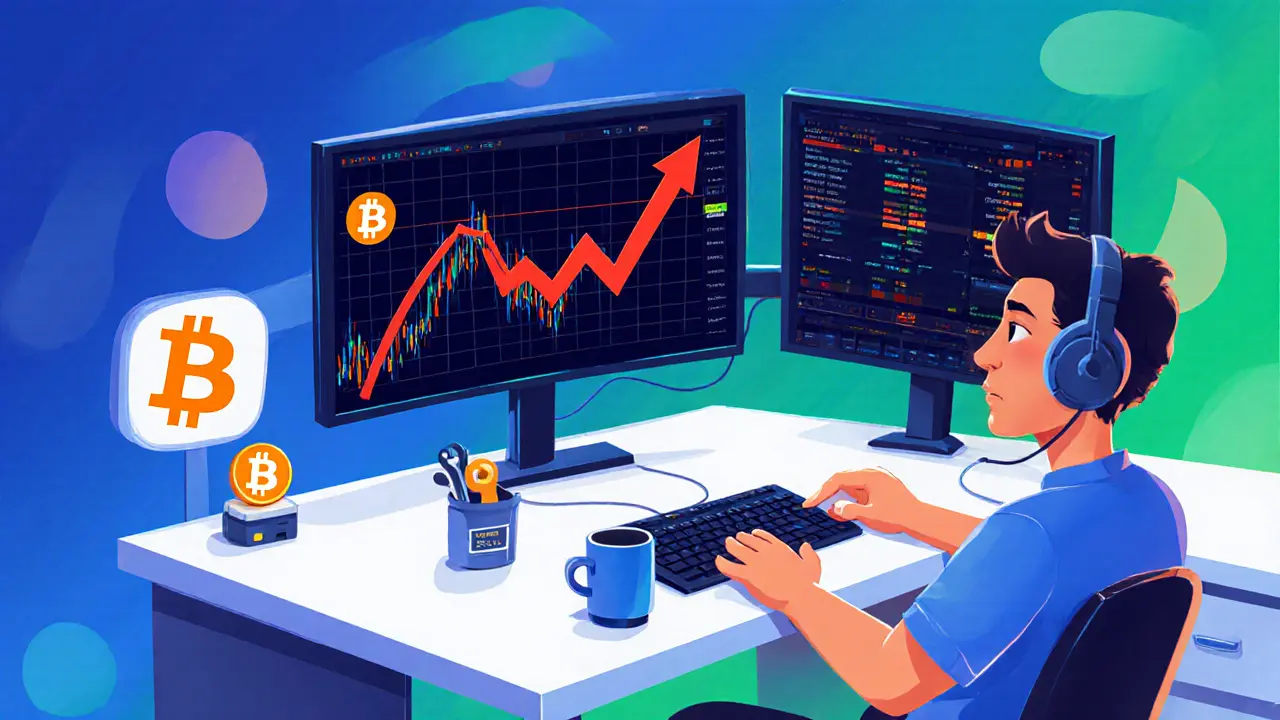Learn proven Bitcoin futures trading strategies, from basic directional bets to advanced hedging, leverage, and AI‑driven automation, with real‑world examples.
Leverage in Crypto
When talking about leverage, the practice of using borrowed funds to amplify crypto positions. Also known as margin amplification, it lets traders magnify gains—and losses—on volatile assets. Grasping this core concept sets the stage for everything that follows.
One of the most common ways leverage shows up is through margin trading, trading on borrowed capital provided by an exchange or a lending pool. In simple terms, margin trading leverage enables you to open larger positions than your wallet alone would allow. The result is a tighter link: leverage powers margin trading, and margin trading relies on accurate leverage calculations to keep the system afloat.
But you can't amplify a trade without somewhere to source the extra funds. That’s where liquidity pools, collections of assets locked in smart contracts for on‑chain trading come in. Liquidity pools feed the borrowed capital needed for margin trades, meaning leverage interacts directly with pool depth and fee structures. The deeper the pool, the more stable the leveraged position can be, which is why many platforms highlight their pool health alongside leverage limits.
Every time you turn up the leverage knob, you also raise the stakes. Effective risk management, the set of strategies used to limit potential losses becomes essential. Proper risk management dictates position sizing, stop‑loss placement, and the maximum leverage you should use on a given trade. In this way, leverage requires risk management, and risk management shapes how much leverage a trader feels comfortable employing.
Beyond margin trading, many exchanges offer crypto derivatives—futures, options, and perpetual contracts—that embed leverage at the protocol level. These products let you bet on price direction without owning the underlying asset, further extending the leverage‑risk‑liquidity triangle. Understanding how each piece fits together helps you decide whether a high‑leverage perpetual swap or a modest margin trade suits your goals.
Now that you’ve got the big picture—how leverage ties into margin trading, draws from liquidity pools, and demands solid risk management—you’re ready to explore the specific guides below. Each article breaks down a piece of this puzzle, from technical deep dives to practical how‑tos, giving you the tools to trade smarter, not just bigger.

